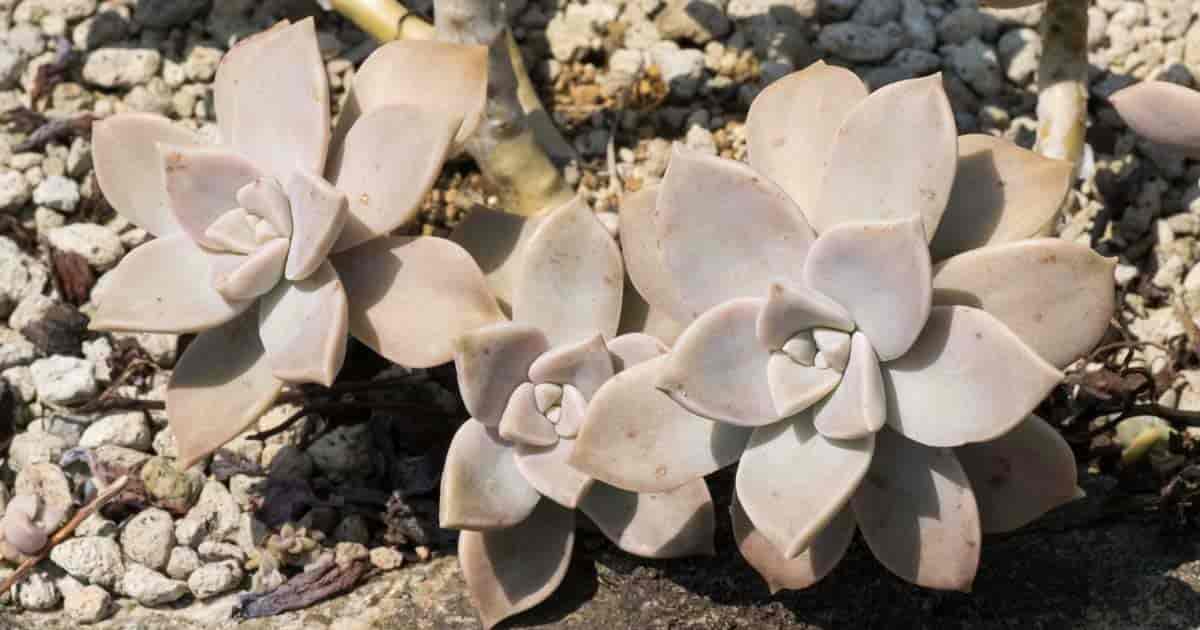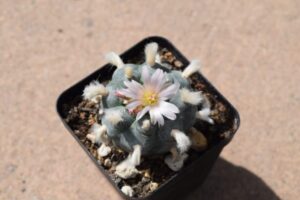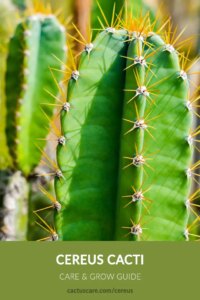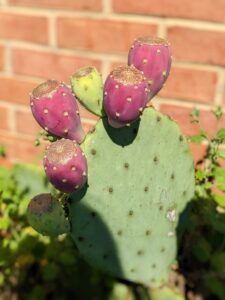The Ghost Plant, scientifically known as Graptopetalum paraguayense, has gained popularity due to its striking appearance and low maintenance requirements. This succulent is particularly recognizable for its long stems, which can stretch as they seek sunlight. In this comprehensive guide, we delve into how to properly care for the unique Ghost Plant with long stems, exploring optimal conditions, watering techniques, propagation methods, and potential challenges. Understanding how to nurture this delightful succulent will allow you to fully appreciate its aesthetic and botanical value.
Understanding the Ghost Plant: Characteristics and Adaptations
The Ghost Plant features a distinctive look, characterized by rosettes of pale green to blue-gray leaves that have a waxy coating. This coating serves to minimize water loss, making it an ideal candidate for arid environments. As the plant matures, it tends to develop elongated stems, which is a natural adaptation to help it reach for sunlight. These long stems can create an ethereal effect, particularly when adorned with clusters of tiny, tubular flowers that bloom under optimal conditions. Understanding these characteristics is essential for providing the right care.
Optimal Growing Environment: Light, Temperature, and Soil
Light Requirements
Ghost Plants thrive in well-lit environments. Ideally, they should be positioned in a location that receives indirect sunlight for at least four to six hours a day. Direct sunlight, particularly during peak hours, can scorch the delicate leaves, leading to sunburn. A good location is a windowsill that faces east or west, where the plant can benefit from bright but filtered light. If your plant is growing leggy, exhibiting elongated stems with sparse leaves, it may be a sign of inadequate light. In such cases, consider relocating it to an area with more exposure or supplementing natural light with grow lights.
Temperature Preferences
The Ghost Plant is not frost-tolerant and thrives best in temperatures ranging from 65°F to 80°F (18°C to 27°C). During the winter months, it can tolerate cooler temperatures but should be kept above 30°F (-1°C). Sudden temperature fluctuations can stress the plant, leading to detrimental effects on its health. It’s advisable to keep the Ghost Plant away from drafts and heating vents to maintain a stable environment.
Soil Composition
Proper soil is crucial for healthy growth. Ghost Plants prefer a well-draining cactus or succulent mix that allows excess water to flow away quickly, preventing root rot—one of the most common issues for succulents. Alternatively, you can create your own mix using potting soil, sand, and perlite in equal parts. This combination ensures good aeration and drainage, promoting robust root health.
Watering Wisely: Balancing Moisture Levels
One of the most critical aspects of caring for a Ghost Plant with long stems is striking the right balance in watering. This succulent exhibits a unique resilience to drought; therefore, it’s essential to avoid over-watering. Watering should be done deeply but infrequently. Allow the top inch of soil to dry out completely before rewatering. During the growing season, typically spring and summer, water every two to three weeks. In fall and winter, reduce watering to once a month or even less, as the plant enters dormancy.
When watering, always check the drainage holes of the pot to ensure that excess water can escape. Proper drainage is essential in avoiding the risk of root rot, which can rapidly lead to the plant’s downfall.
Propagation Techniques: Expanding Your Collection
Ghost Plants are relatively easy to propagate, making them an excellent choice for enthusiasts looking to expand their collection. The most effective method is by leaf propagation. Simply select healthy leaves from the parent plant and place them on well-draining soil, ensuring they are in a warm, bright location. Within a few weeks, new roots and offsets should begin to form, resulting in vibrant, new plants. This propagation technique is not only rewarding but also allows for a greater appreciation of the plant’s growth cycle.
Pest and Disease Management: Keeping the Ghost Plant Healthy
Despite their resilience, Ghost Plants can be susceptible to pests such as mealybugs and aphids. Regularly inspect your plant for any signs of infestation. A solid rinse under running water can help dislodge small insects, while neem oil may be used for more significant infestations. Additionally, providing adequate airflow around your plants will minimize the risk of fungal issues. If you notice any signs of disease, such as mushy leaves or a foul odor from the soil, immediate action is required to prevent further damage.
Conclusion: The Timeless Appeal of the Ghost Plant
The Ghost Plant with long stems showcases character and elegance that make it a favorite among succulent enthusiasts. By understanding the unique requirements for light, temperature, soil, and watering, you can ensure healthy growth and vibrant blooms. Its ease of care and propagation further cements its reputation as a delightful addition to any indoor or outdoor space. Whether as a stand-alone feature or a part of a larger succulent display, the enchanting Ghost Plant offers both beauty and a sense of tranquility, inviting appreciation for the art of plant cultivation.





Leave a Comment